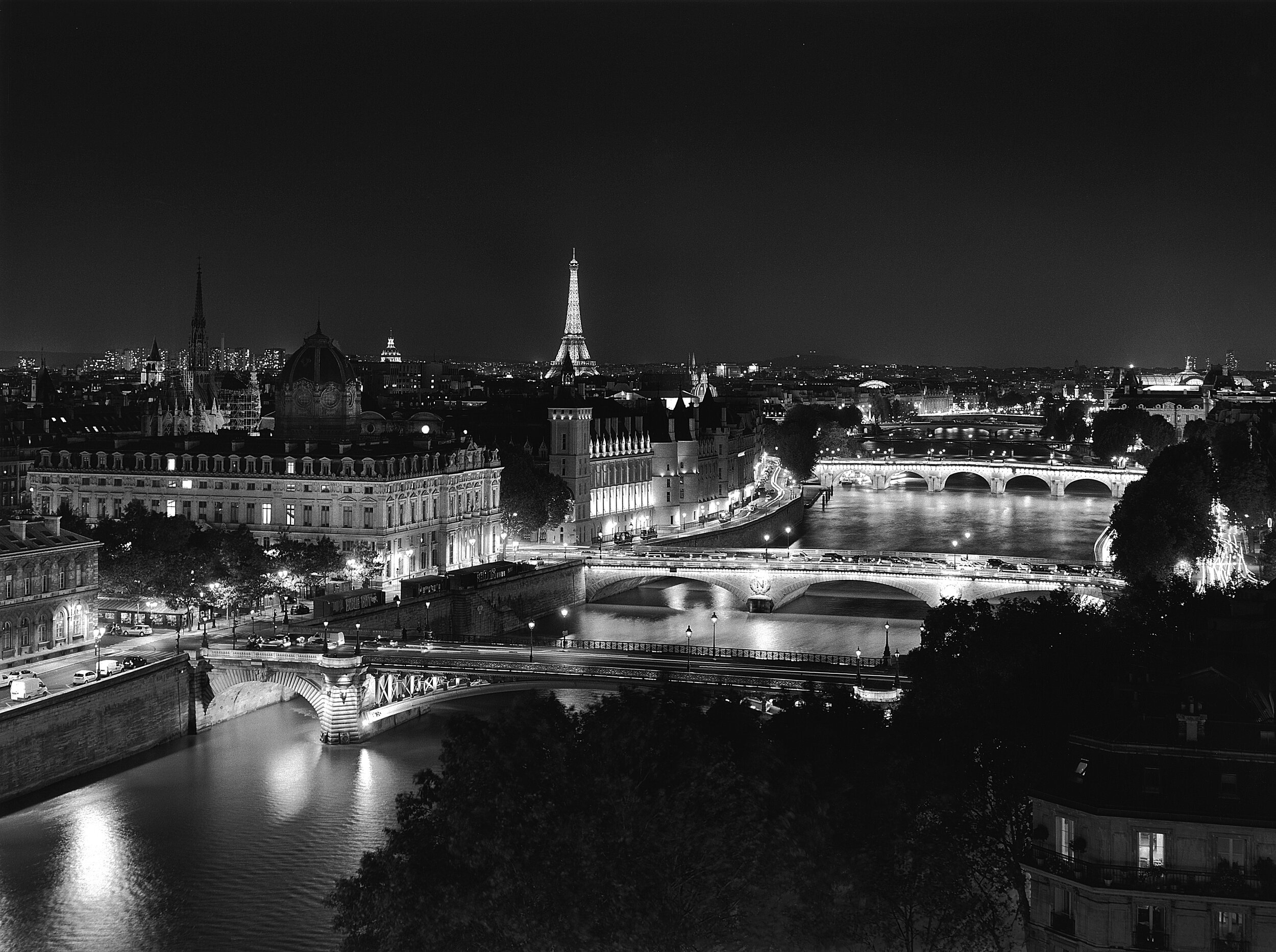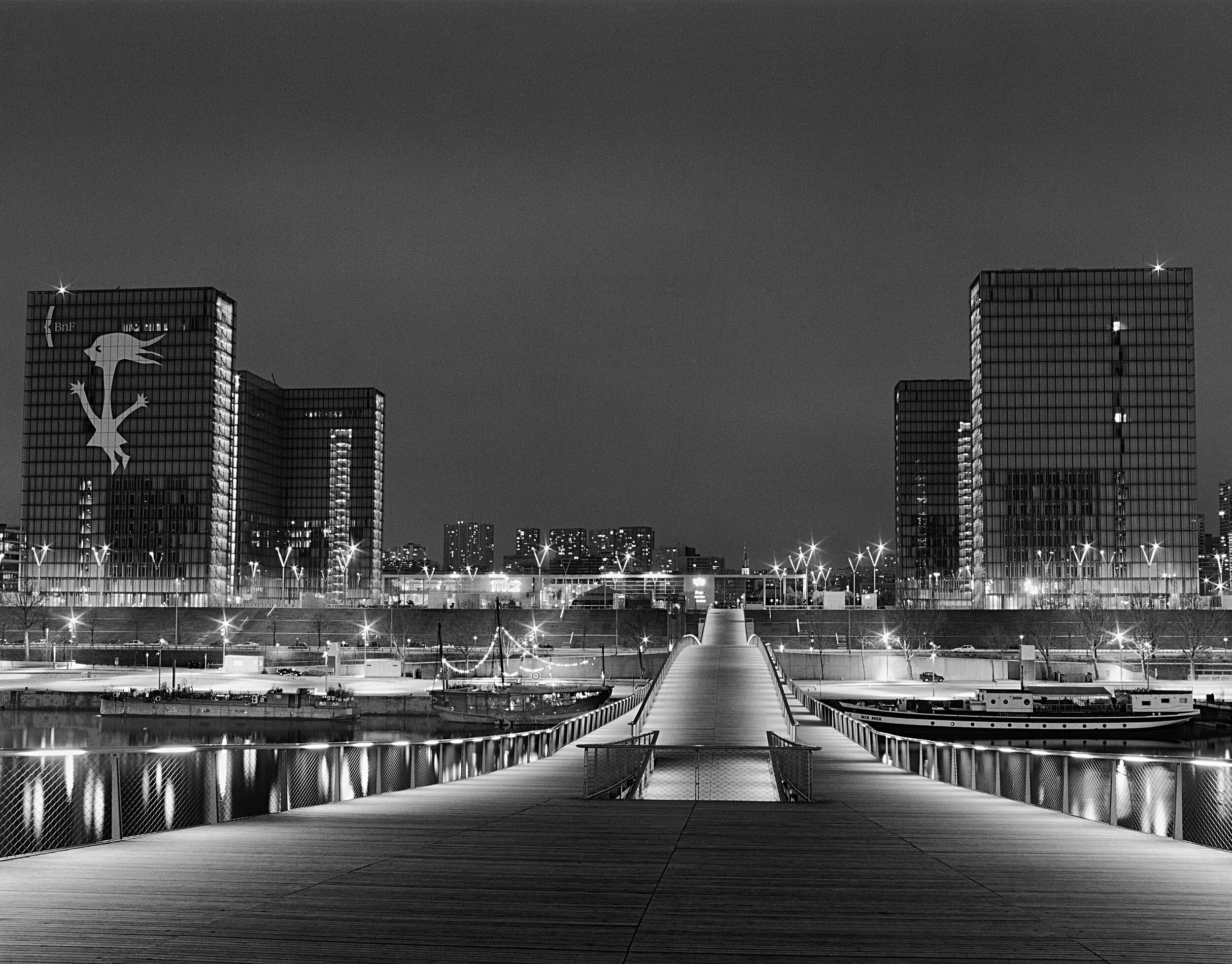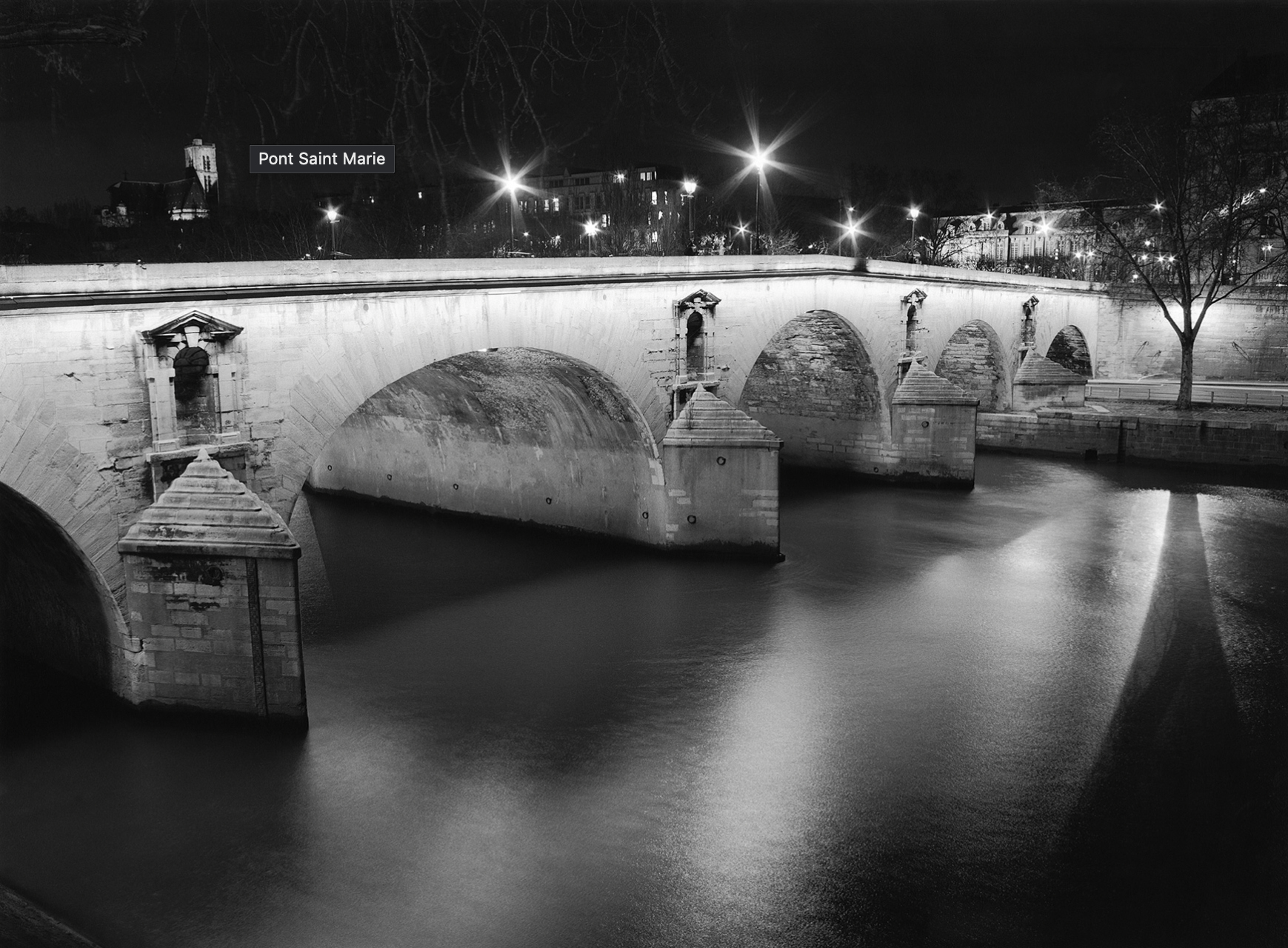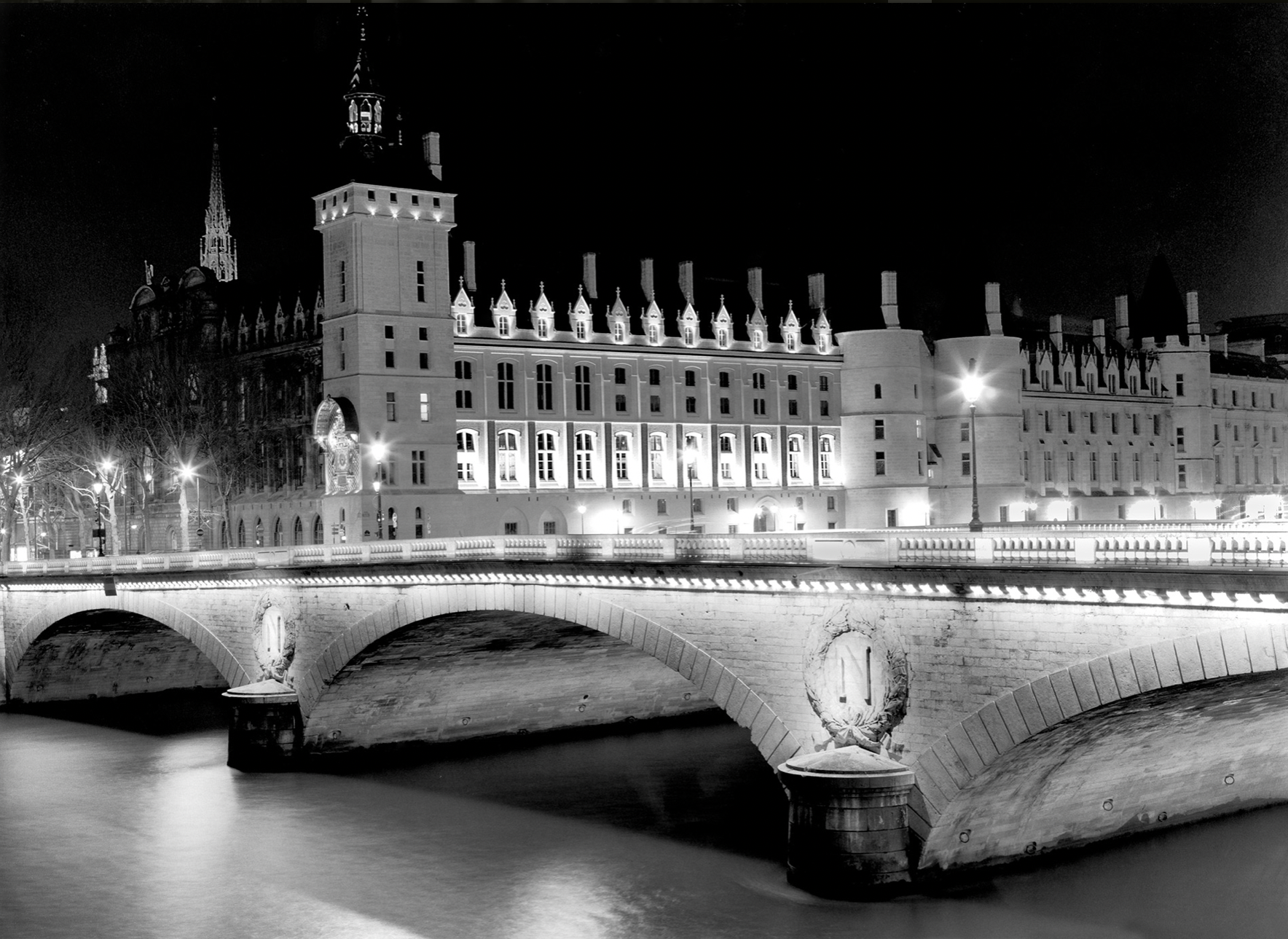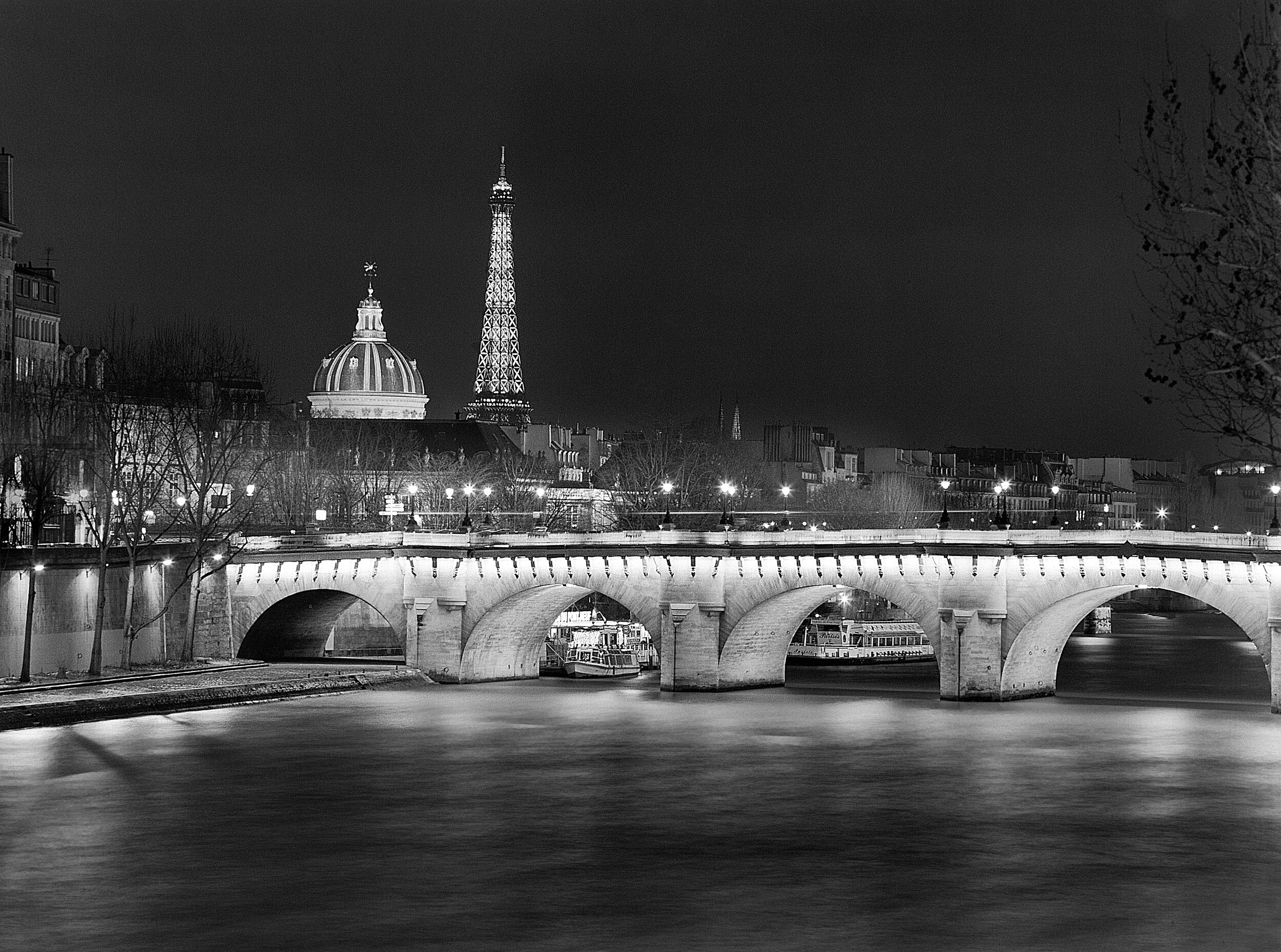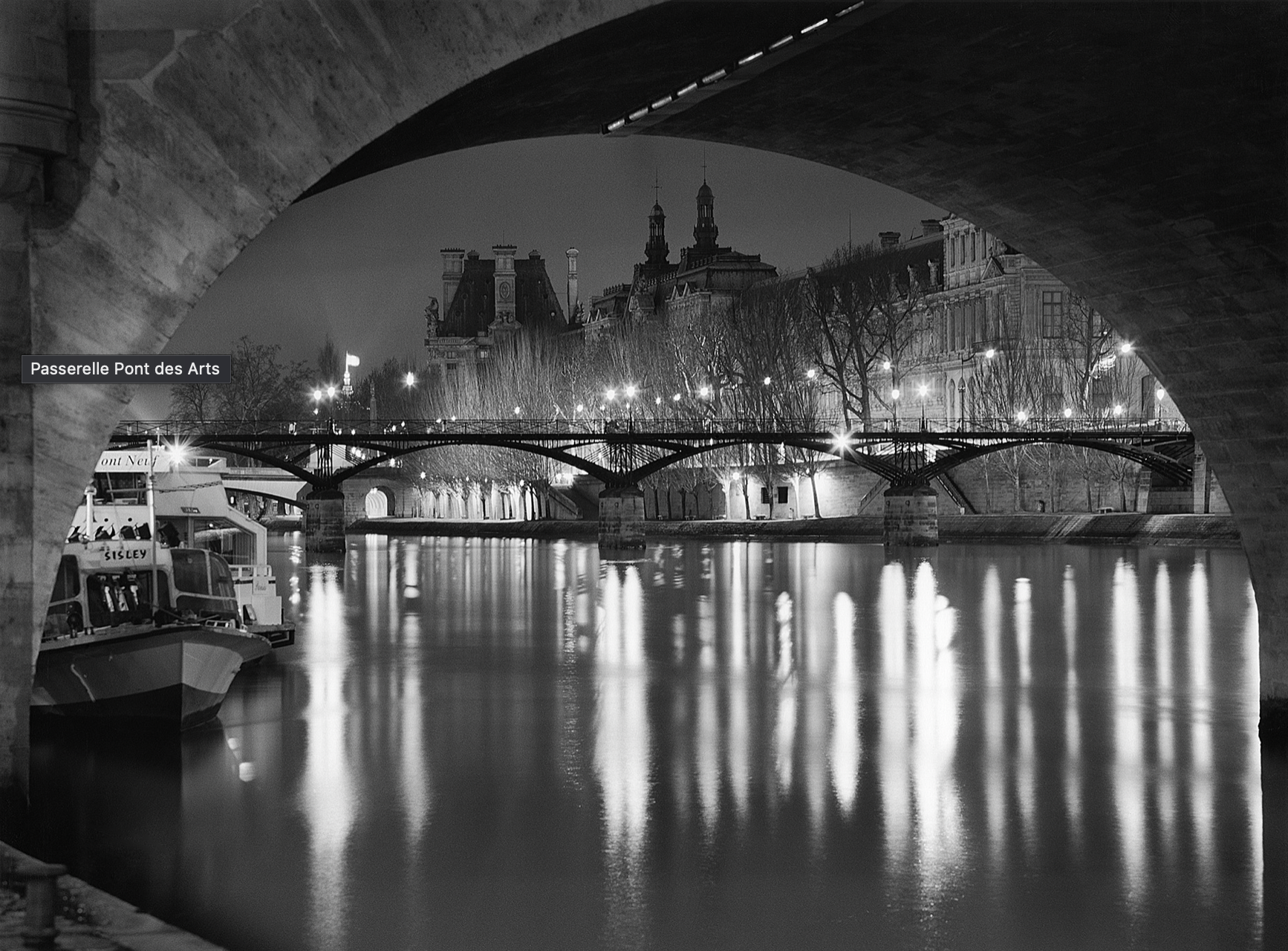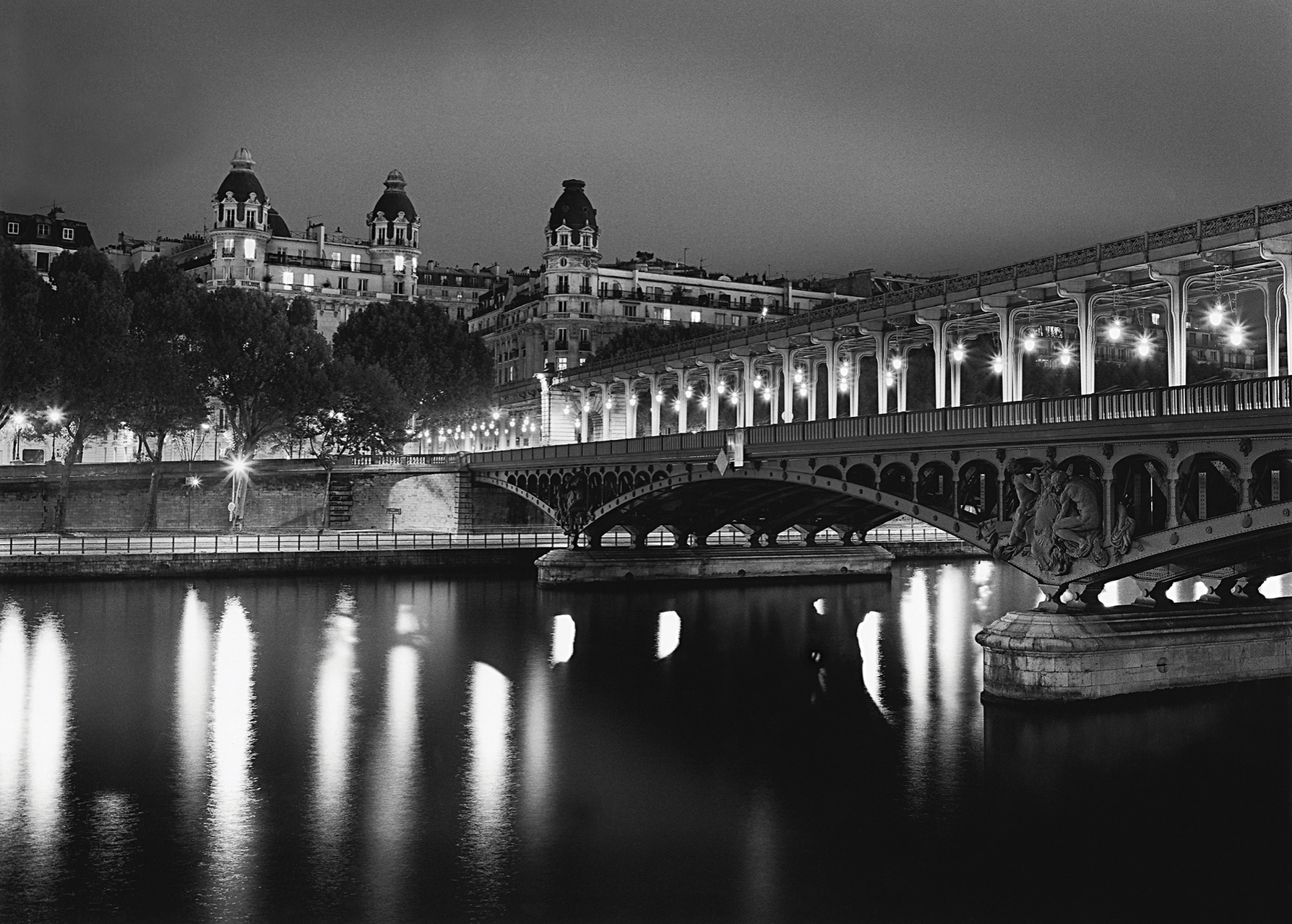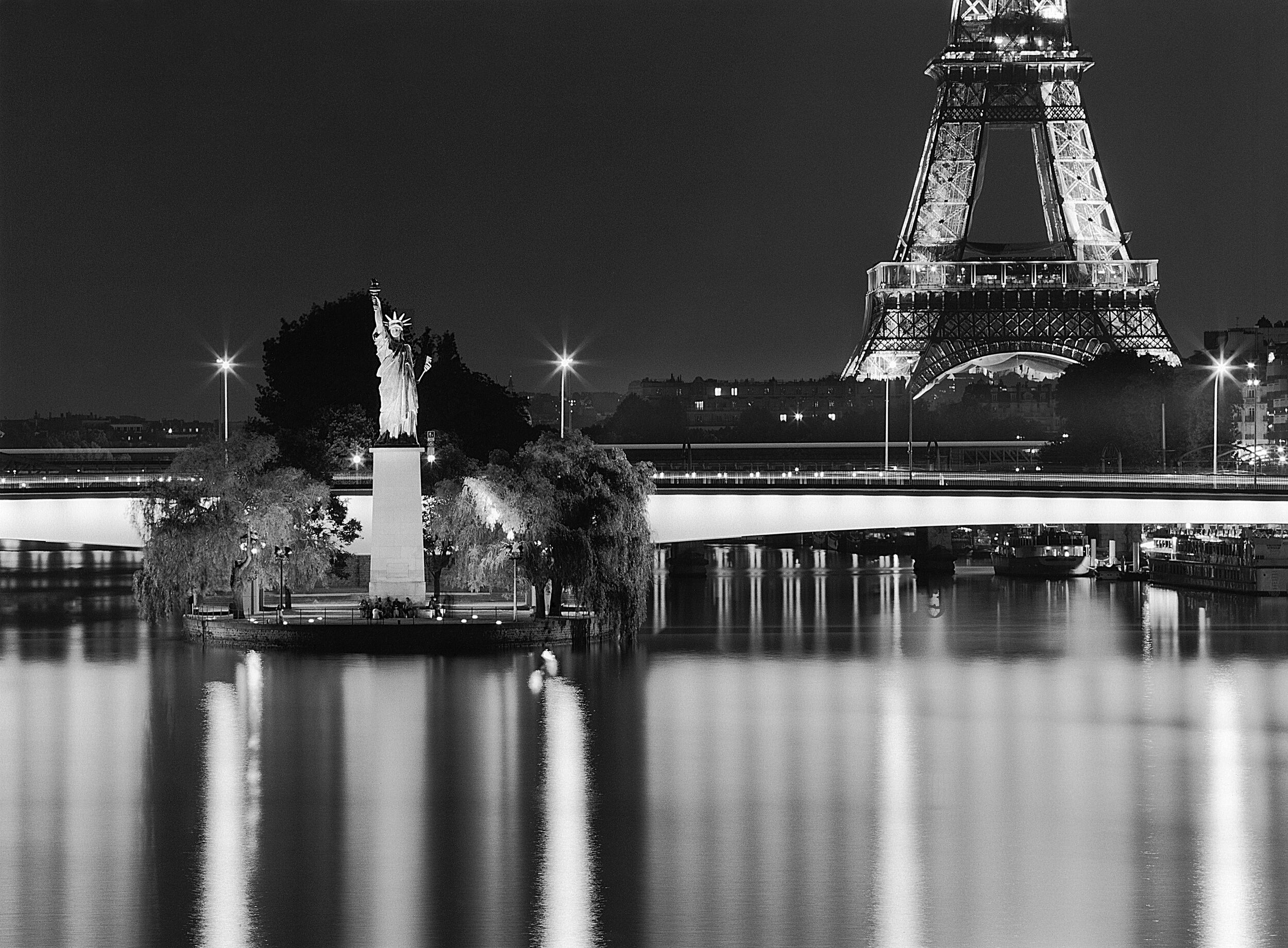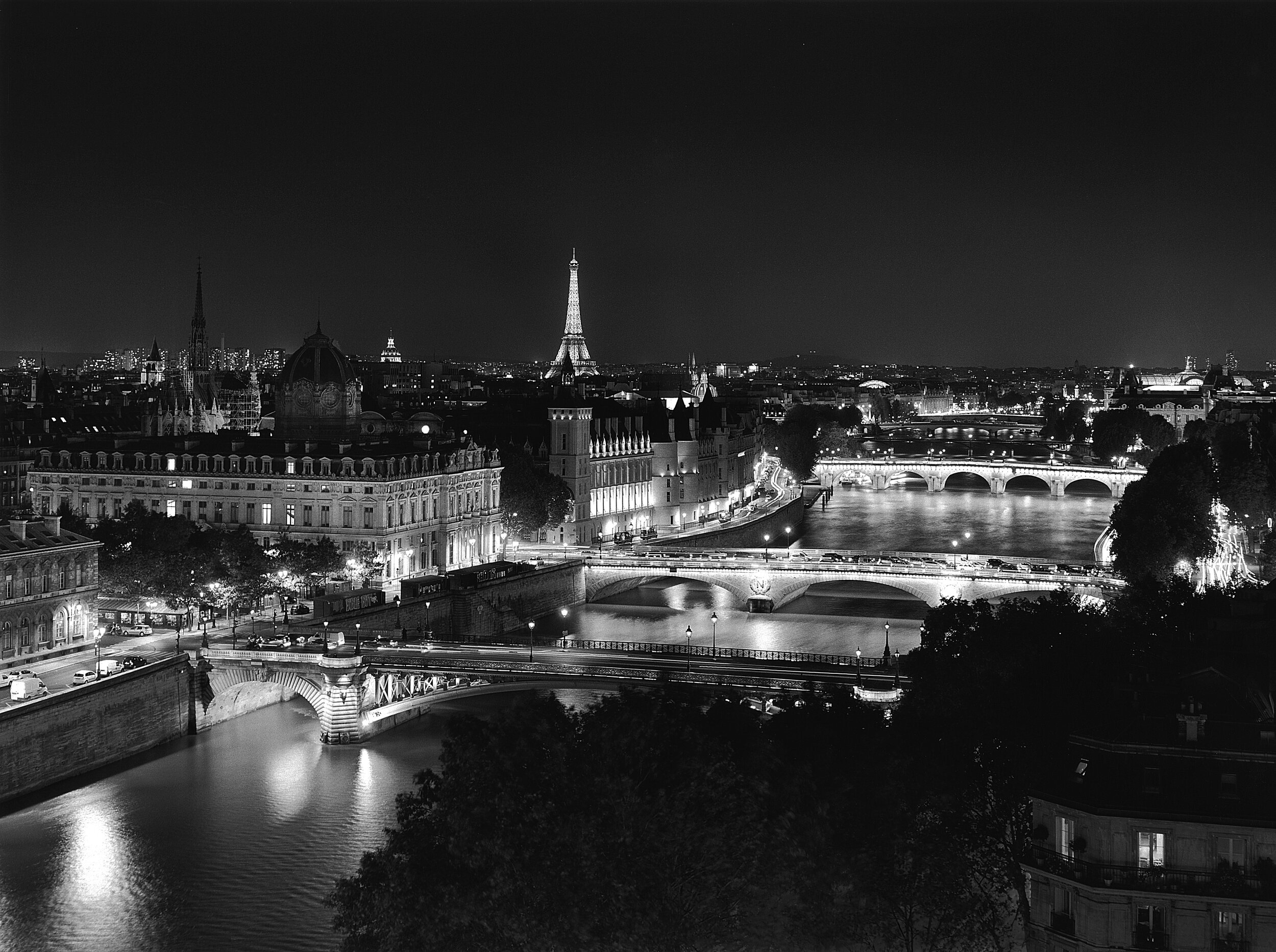The Glow of Paris: The Bridges of Paris at Night
The Bridges of Paris
Thirty-five bridges cross the Seine in Paris between the boundaries of the Boulevard Périphérique (the beltway that encircles the city). These structures have served as the arteries of Paris for millennia. They are architectural treasures that not only connect the city but also speak to its rich history. Parisian bridges served as silent witnesses to everything in France's past, from murder, assault, robbery, revolution, riots and prostitution to love, marriage, and funeral processions. All these events have occurred on the bridges that cross the Seine in Paris.
The history of the bridges is ancient. In 52 BC Julius Caesar conquered Paris; the earliest recorded mention of the bridges is found in De Bello Gallico, Caesar's Gallic War commentaries. In the early days of the city, the population of Paris was concentrated on the Île de la Cité, (one of the two natural islands in the Seine). The river was a protection for the city and served as a natural barrier against invasion by land. Later, with this threat overcome, the earliest Parisian bridges were built to connect the city and unite the Seine's islands to the mainland.
The oldest bridge still standing is the Pont Neuf, opened by King Henri IV in 1607. The original bridge has undergone extensive preservation and maintenance but the design of the bridge remains as it was when first built. The newest is the footbridge known as the Passerelle Simone de Beauvoir, which was opened in 2006. For use by pedestrians and bicycles only, it is the first and only Paris bridge to be named in honor of a woman.
Bridges constructed prior to the late eighteenth century normally had houses and shops built directly on them. The thinking of the time was that the weight of the buildings provided more stability to the bridge; however, this proved erroneous. Floods, ice floes, fires, boat collisions, and structural failures frequently destroyed the bridges and took the houses and shops down with them, and often their occupants as well. In 1769 King Louis XV finally outlawed the construction of houses on the bridges, but it took until 1808 for the last building to be removed.
Of the thirty-five bridges, twenty-six accommodate pedestrian and automotive traffic; four are passerelles (footbridges) restricted to pedestrian and bicycle traffic; two are dedicated to rail traffic only; and three accommodate all three modes of transportation: automotive, pedestrian, and rail traffic. The Seine winds fourteen kilometers (eight and a half miles) from the first bridge upstream, the Pont National, to the last bridge downstream, the Pont du Garigliano. This timeless waterway will lead us on a photographic exploration of Paris' bridges, their history, and their superlative architectural beauty.
How the Exhibition was Created
Over a period of five years, Gary Zuercher took his cameras out into the Parisian night to capture stunningly evocative images of the bridges that span the Seine. Using his artistic eye and sophisticated photographic techniques, he created these glorious black and white images, rich with detail and possessing a clear, luminous quality.
His manipulation of the camera, playing with shadow and light effects, isolates and elevates these important architectural symbols of Paris far beyond their daily function. As with mid-nineteenth-century photography in which exposure time is lengthy, Zuercher's technique eliminates the distractions of crowds and traffic which pass too quickly in and out of the shot to be captured. Thus the images are people-less, still, quiet and frozen in time.
The bridges were shot on photographic film, using two Mamiya medium format cameras. No digital camera or digital manipulation was used. All of the shooting was done with the camera on a tripod because of the long exposures. Some nights Zuercher would spend four or five hours shooting, then develop the film the next day to find that none of the results were satisfactory. The result of a good evening's shoot yielded two or even three outstanding photographs.
When a scene was chosen it would take fifteen to twenty minutes to select the lens, setup the camera on the tripod, focus, meter the scene to determine the exposure, and then take the shot. The exposures were made at three different values to make sure he captured the best version. All in all a single scene could take from thirty minutes to well over an hour to capture.
Most of the photography was shot during colder months; there are fewer tourists then and fewer interruptions. Winter nighttime work would run from 8:00 pm to as late as 1:30 in the morning. He developed the film the next morning in his Paris darkroom, the actual prints were later made in his Washington, DC darkroom. At the end of the shooting, Zuercher started the research and the writing of the history of the bridges, which occupied him for yet another year.
His book, The Glow of Paris: The Bridges of Paris at Night was given an IPPY Gold Medal Award (Independent Book Publisher Award) at the BookExpo America Meeting in New York. The book has also received awards at the London, Los Angeles, Paris, San Francisco and Amsterdam Book Festivals and was featured in a USA Today article in January of 2016. The book has been published in both French and English.
This exhibition, inspired by the book, contains eighty-six of Zuercher's photographs of the thirty-five bridges.
Audio Tour
One of the components of the exhibition is a cellphone-based audio tour that is provided to enhance the experience. Located under the title in the slideshow at the top of the page, there is a phone number and corresponding option number. Simply dial the phone number and hit the “option number” then the “#” symbol to learn more about the image!

